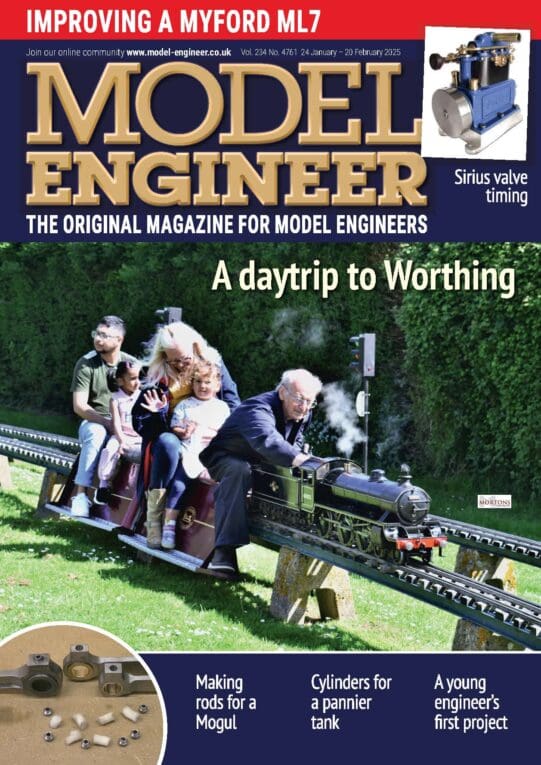Alan,
‘Flat bottoming’ a drill is one way but if it’s the only drill you have its a pain to keep resharpening a new point on but it will get you by. It’s good advice then to have some spare drills as Martin says.
I have several kept for this purpose but only use them to flat bottom the hole that has previously been drilled with the correct (counterbore diam) size drill nearly down to depth. A flat bottomed drill has nothing to guide or centralise it – this way ensures it and it is used only to take out the ‘slope’ at the bottom of the hole. A slot drill has one side ground ‘over centre’ – there is no need to recreate that on a FB drill, just grind the angles as suggested to the approx centre – there is no material under it to be cut anyway.
Another way is to use a FC3 cutter of the nearest size – enough clarance with a 5.5mm? Either in a holder or in the drill chuck – nothing wrong with the latter as long as you use it as a drill.
And of course you can make one from silver steel – turn the diameter you need for long enough to suit the job, Drill for a pin which is slightly smaller than the clearance drill diameter for about 1/2 deep. Turn a pin to fit this hole and which will protrude about 3/16. Set the part vertically in a vice and using a three cornered file cut some teeth – they dont have to be perfectly divided but make sure they point the right way though. Three are ideal – the less teeth you cut the deeper they are and the less quickly they will clog. Harden out and temper and do the same with the pin then fit the pin with Loctite.
Keep the revs well down and use coolant – this will cut a counterbore from solid (with the previously drilled bolt clearance hole in of course) on most materials as long as you retract continually to clear the chips which as said will clog quite quickly.
I’ve taken this pic of some – not very good but it should give you an idea.
hope this helps as well
Regards – Ramon
Edited By Ramon Wilson on 24/05/2010 13:16:03
Ian S C.










